Perseids 2023
Copyright: www.instagram.com/robin_onderka
Date: 11-13 August 2023
Place: Vysočina region, Czech Republic
 Perseids 2023
Perseids 2023 by
Robin Onderka, on Flickr
Info:
Last weekend, from August 11th to 13th, 2023, I had the privilege of capturing one of the most breathtaking celestial events - the Perseid meteor shower. With friends, we spent several nights at a cabin, conveniently located close to this picturesque spot. Armed with favorable conditions and two lenses, 14mm and 24mm in focal length, I embarked on photographing this astronomical marvel.
Memories of this weekend will be unforgettable. Not only was I free from the stress of traveling home and staying late till morning, as previous years was, but I could also comfortably photograph meteors while I was inside the cabin, having fun with my friends. However, the nights were not without their challenges. August nights can be very humid, especially near a pond like I was, and my initial enthusiasm quickly waned as I realized that my lens was fogging up from dew. Thankfully, due to my foresight, a thin napkin and the dew heater strip I luckily had in my bag, I overcame this obstacle and saved the whole project.
Most of the night, I aimed my camera towards Perseus constellation, but later I decided to aim it towards the Lyra constellation and capture as many meteors as possible, which I planned to compose around the center of the Milky Way arc. I now have about 30 stunning meteors in my archive!
Canon 6Da, Samyang 14 mm, Samyang 24mm
360 degree panorama, 15" F/2.8 ISO 8000 per panel.
Panorama stitched in PTGuI, edited and composed in Photoshop
 Perseids meteor shower by Fotis Mavroudakis, on Flickr
Perseids meteor shower by Fotis Mavroudakis, on Flickr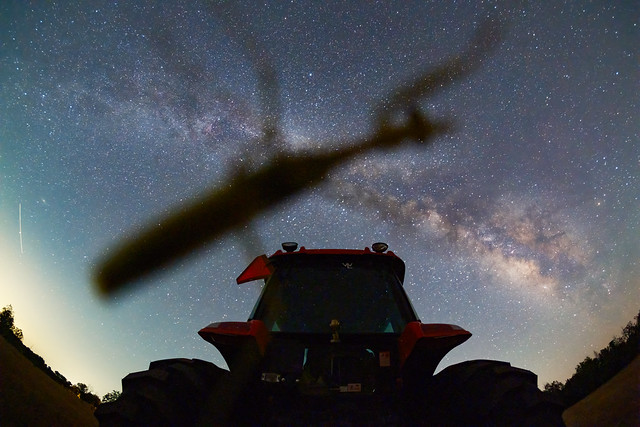 "They're Here" - Alien Milky Way by Harley Grady, on Flickr
"They're Here" - Alien Milky Way by Harley Grady, on Flickr Perseid's and Milky Way Over the Farm by Harley Grady, on Flickr
Perseid's and Milky Way Over the Farm by Harley Grady, on Flickr

 Villarica volcano (Rukapillán) aligned with the milky way by Marcelo Maturana, en Flickr
Villarica volcano (Rukapillán) aligned with the milky way by Marcelo Maturana, en Flickr Perseids 2023 by Robin Onderka, on Flickr
Perseids 2023 by Robin Onderka, on Flickr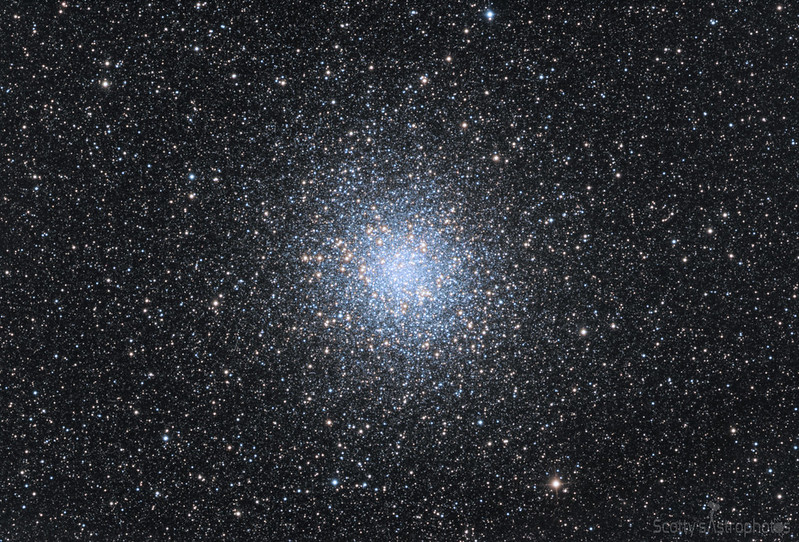 M22-LRGB by Scotty Bishop, on Flickr
M22-LRGB by Scotty Bishop, on Flickr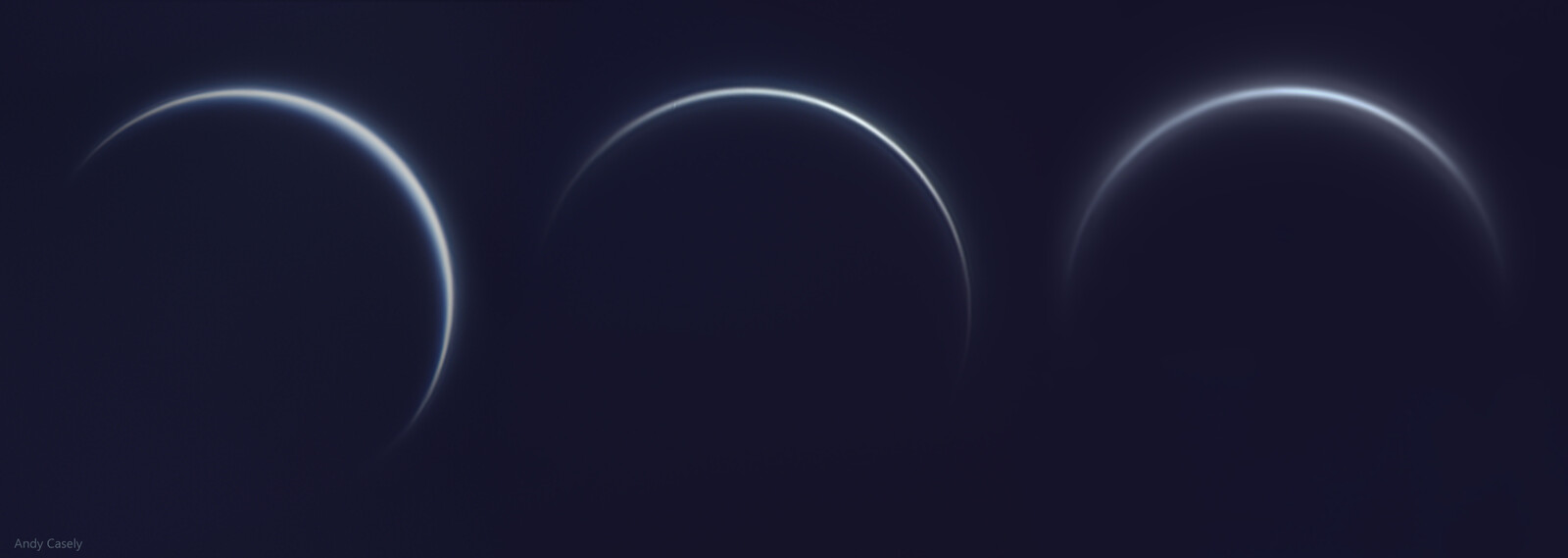
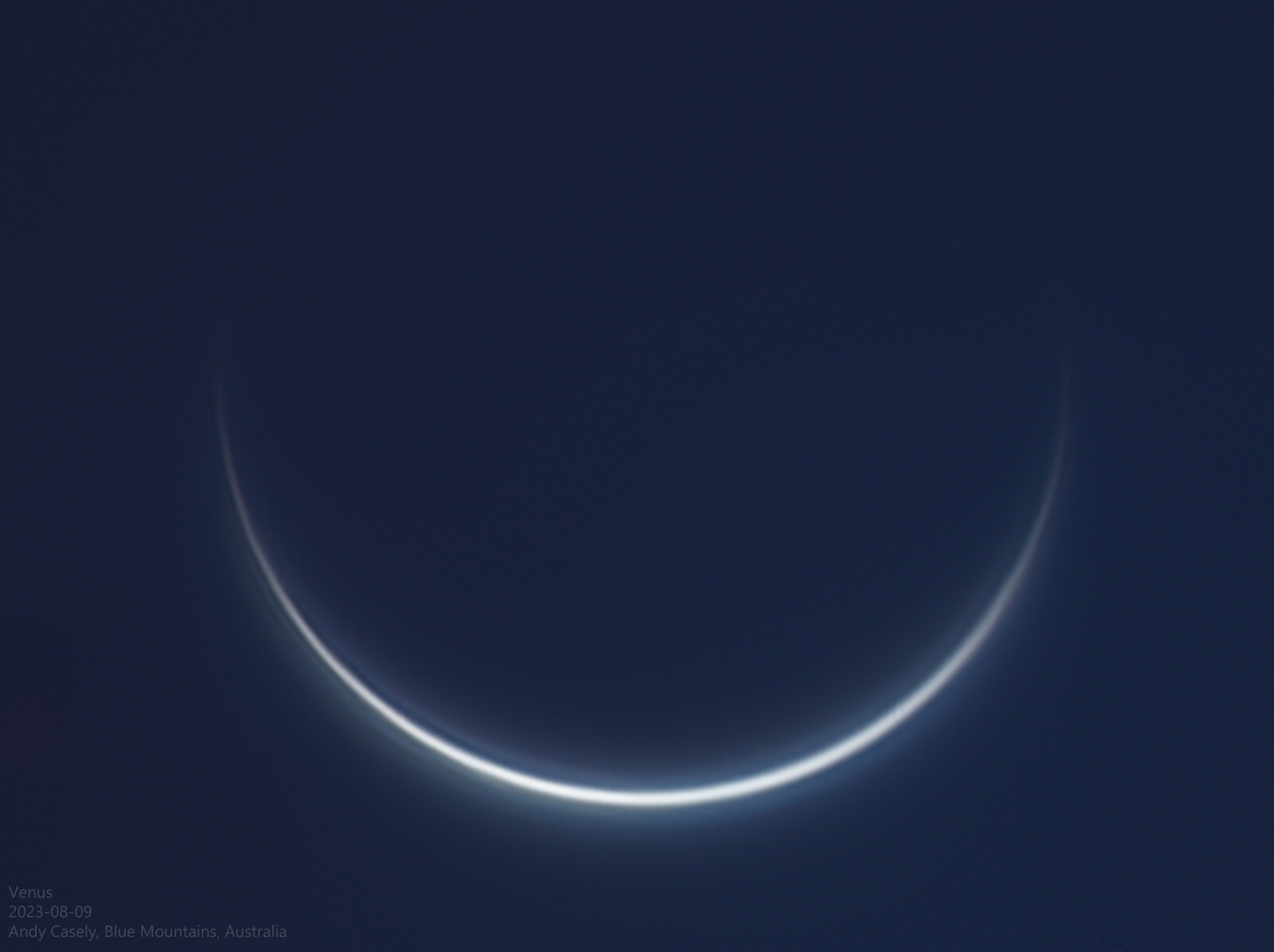
 IC 4592 - Blue Horsehead Nebula
IC 4592 - Blue Horsehead Nebula M8 and M20
M8 and M20 SH2-129-OU4-C2023ATLAS by Corregidor, en Flickr
SH2-129-OU4-C2023ATLAS by Corregidor, en Flickr


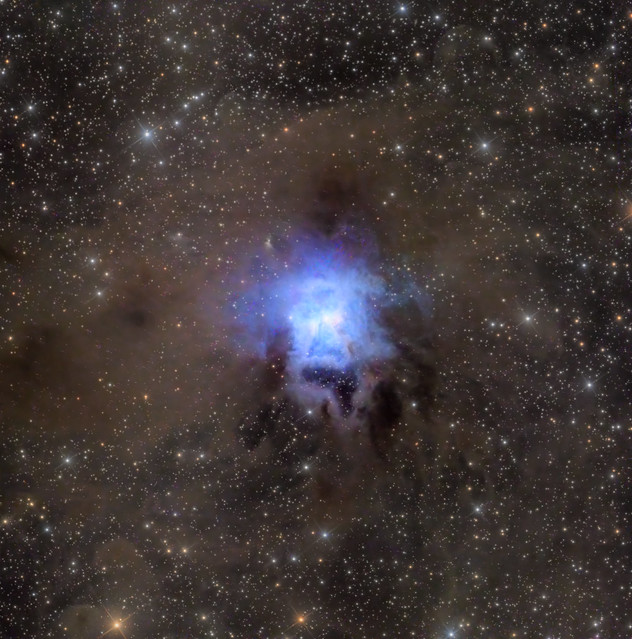 The Iris Nebula - NGC 7023 by Alessandro Carrozzi, su Flickr
The Iris Nebula - NGC 7023 by Alessandro Carrozzi, su Flickr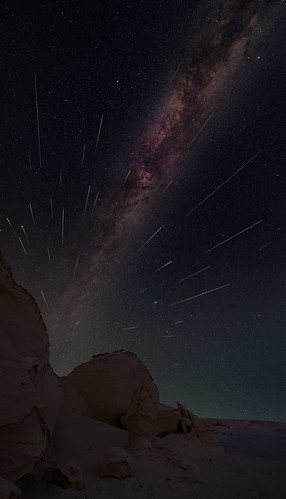 Perseids Meteor Shower over the Western Desert of Egypt by Ahmed Waddah, on Flickr
Perseids Meteor Shower over the Western Desert of Egypt by Ahmed Waddah, on Flickr Perseids Over the Iblean Countryside by Salvatore Cerruto, su Flickr
Perseids Over the Iblean Countryside by Salvatore Cerruto, su Flickr